India weighs fiscal, monetary moves to cushion tariff blow
The United States is India’s largest export market, accounting for nearly 19 percent of total outbound trade and a bilateral surplus exceeding $40 billion.
.jpg) FILE PHOTO: U.S. President Donald Trump and Indian Prime Minister Narendra Modi shake hands, at the White House in Washington, D.C., U.S., February 13, 2025. / REUTERS/Kevin Lamarque/File Photo
FILE PHOTO: U.S. President Donald Trump and Indian Prime Minister Narendra Modi shake hands, at the White House in Washington, D.C., U.S., February 13, 2025. / REUTERS/Kevin Lamarque/File Photo
India finds itself at a critical economic and diplomatic inflection point after U.S. President Donald Trump announced a sweeping 25 percent tariff on Indian exports effective Aug. 1, accompanied by an unspecified penalty targeting India’s continued purchases of Russian oil and arms.
While the Indian government has not issued retaliatory measures, it has reiterated its commitment to a “fair, balanced and mutually beneficial” trade agreement with the U.S., even as economic analysts warn of significant downside risks to growth, margins, and bilateral trust.
Also Read: Will safeguard national interest: India’s Commerce Minister on Trump’s tariff threat
Exports at risk: $81 billion under the scanner
The United States is India’s largest export market, accounting for nearly 19 percent of total outbound trade and a bilateral surplus exceeding $40 billion. The new tariffs put roughly $81 billion worth of Indian goods at risk—including key sectors like pharmaceuticals, textiles, engineering goods, gems and jewellery, and auto components
Nomura estimates the tariff shock could shave 0.2 percentage points off India’s FY26 GDP growth, while others peg the hit at up to 0.4 percent if the tariffs persist. Goldman Sachs warns of an “incremental drag” on growth, particularly through the uncertainty channel that may freeze investment decisions
Muted room for gains, trade diversion elusive
India had hoped to leverage the global realignment of supply chains under the “China+1” strategy, but the new tariffs dim immediate prospects of trade diversion gains. Unlike Vietnam, which secured a 20 percent rate, India faces a higher tariff even in best-case negotiations—making it less competitive in U.S. markets
Compounding matters, many high-volume Indian exports are price-sensitive, such as generic drugs and textiles. These sectors operate on thin margins and are expected to absorb 30-50 percent of the tariff burden, pushing many MSME exporters into tighter financial straits
A strategic squeeze, not just trade dispute
Washington’s message extends beyond tariffs. The vague but potent “penalty” for India’s defense and energy ties with Russia underscores deeper geopolitical fault lines. India imports about a third of its oil from Russia and continues legacy defense purchases despite Western pressure. Analysts view the tariff announcement as a strategic squeeze to force alignment rather than a mere trade correction
Yet India is unlikely to cave. “Neutrality is not passivity,” noted Anand Rathi Research, underscoring New Delhi’s strategy of strategic autonomy. “India is resisting coercion, not abandoning partnerships,” the report stated, emphasizing that India will pursue de-escalation through dialogue—not capitulation
Policy fallout: Fiscal support and monetary easing on the cards
Economists expect the Indian government to announce targeted support measures for affected exporters, including interest subvention schemes, export credit expansion, and possibly enhanced RoDTEP (Remission of Duties and Taxes on Export Products) benefits
Meanwhile, the Reserve Bank of India (RBI) is now seen more likely to resume rate cuts to counteract the demand-side drag. With CPI inflation running below target and growth headwinds mounting, analysts expect 25 basis point cuts in both October and December—with some even predicting a surprise cut in August
.No quick fix: negotiations ongoing but fractured
Despite multiple rounds of talks, the two sides failed to clinch even an interim trade deal ahead of the Aug. 1 deadline. Indian negotiators had expected exemptions for labor-intensive sectors and a rollback of Section 232 tariffs on steel and aluminum—but Washington stayed firm
The 25 percent tariff is being interpreted as a hardball negotiating tactic. Still, trade talks remain ongoing, with a U.S. delegation set to visit India later in August. Analysts suggest that while the headline rate is 25 percent, effective tariffs could settle between 15-20 percent over time if diplomacy prevails
Investor sentiment cautious, equity outlook clouded
Indian equities, already underperforming emerging market peers by over 15 percentage points year-to-date, are expected to remain under pressure. Goldman Sachs estimates a 2 percent hit to FY25 earnings per share (EPS) from the tariffs, especially if they stay in place through peak export seasons
The rupee is also expected to weaken gradually, offering limited relief to exporters in rupee terms, but posing risks to inflation if the currency slide accelerates.
ADVERTISEMENT
ADVERTISEMENT
E Paper
Video



 R Suryamurthy
R Suryamurthy

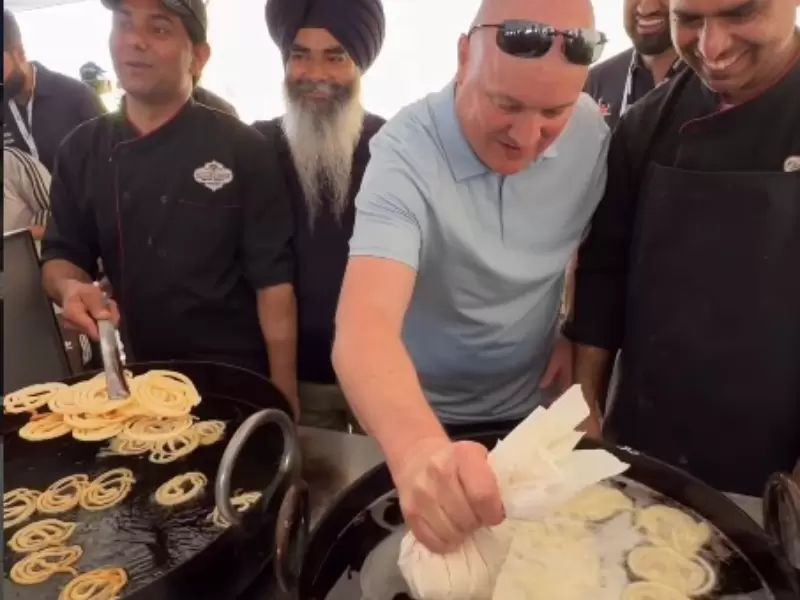

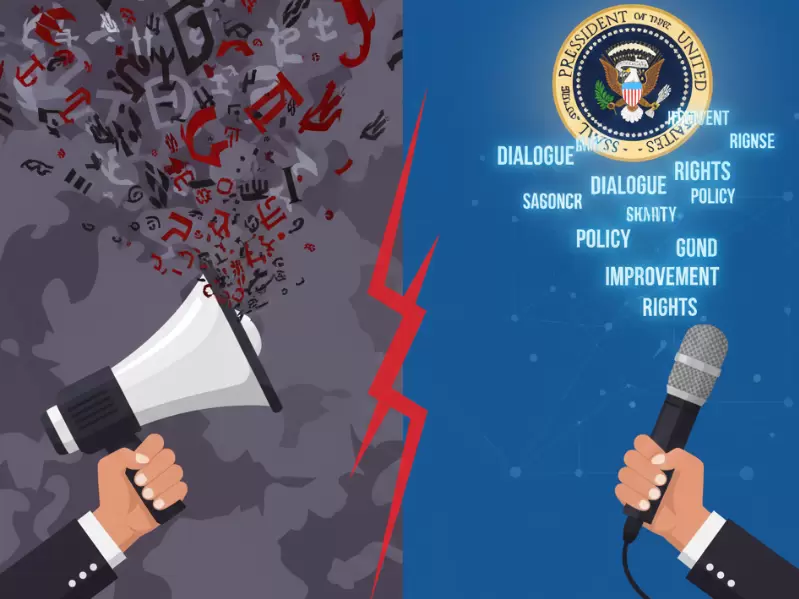

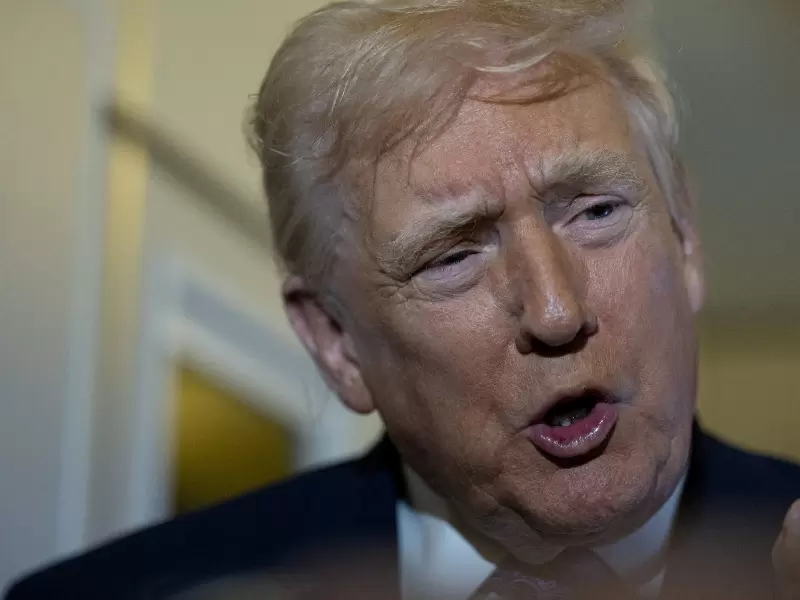
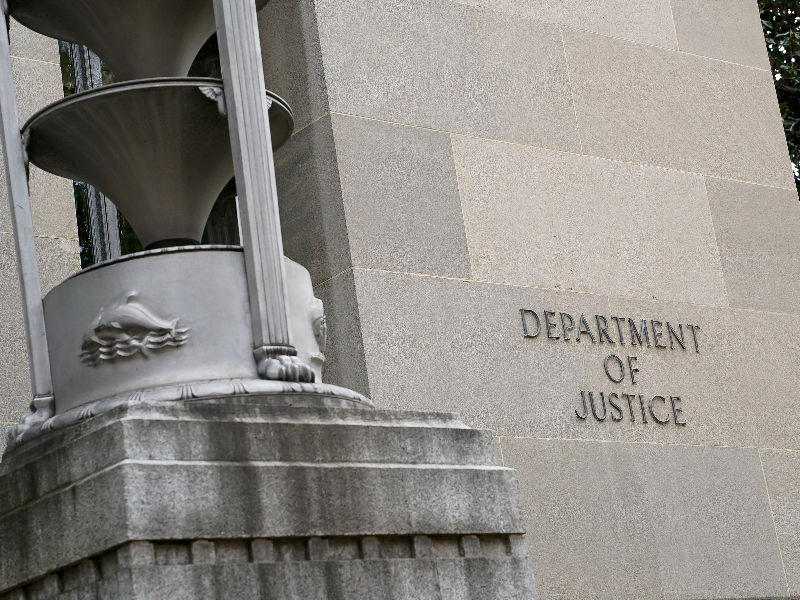

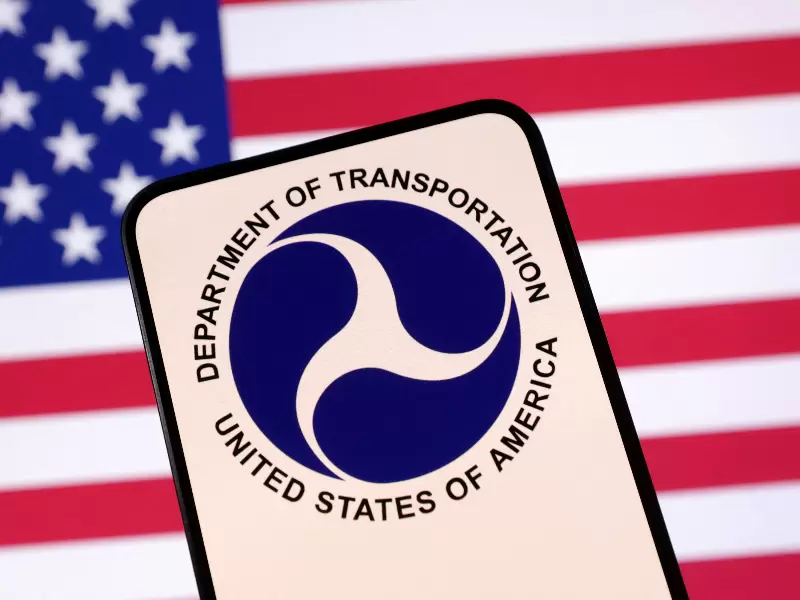



Comments
Start the conversation
Become a member of New India Abroad to start commenting.
Sign Up Now
Already have an account? Login